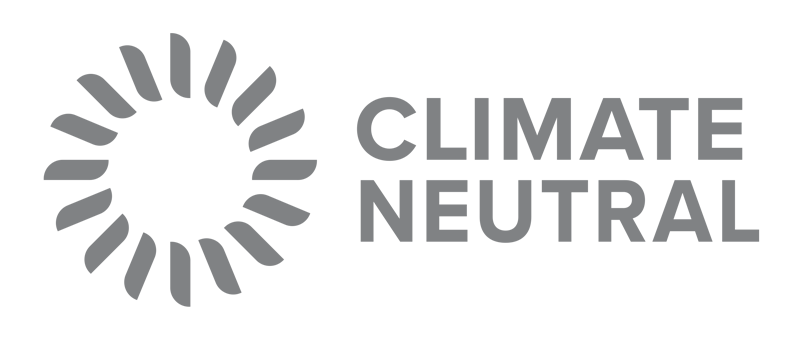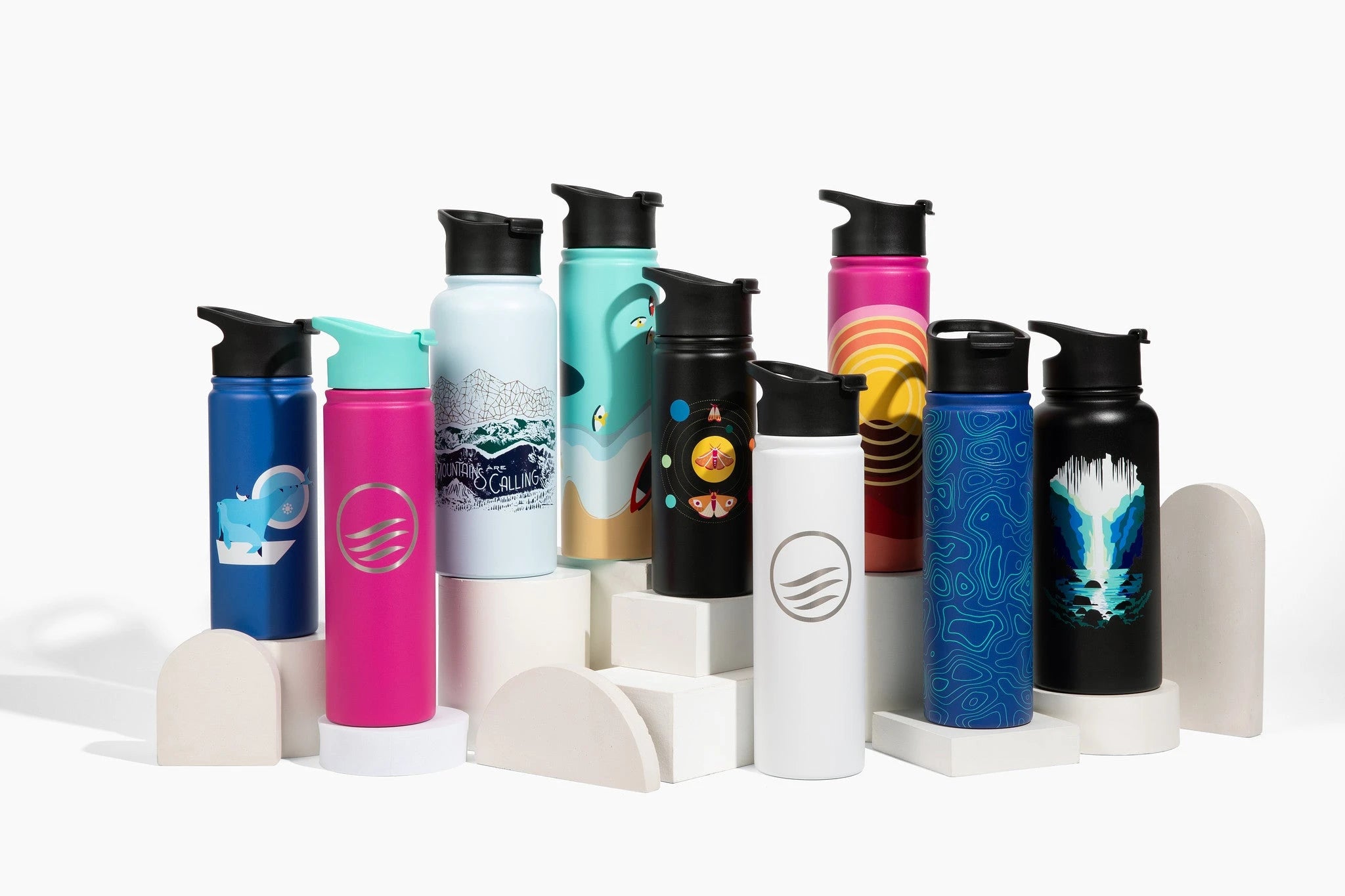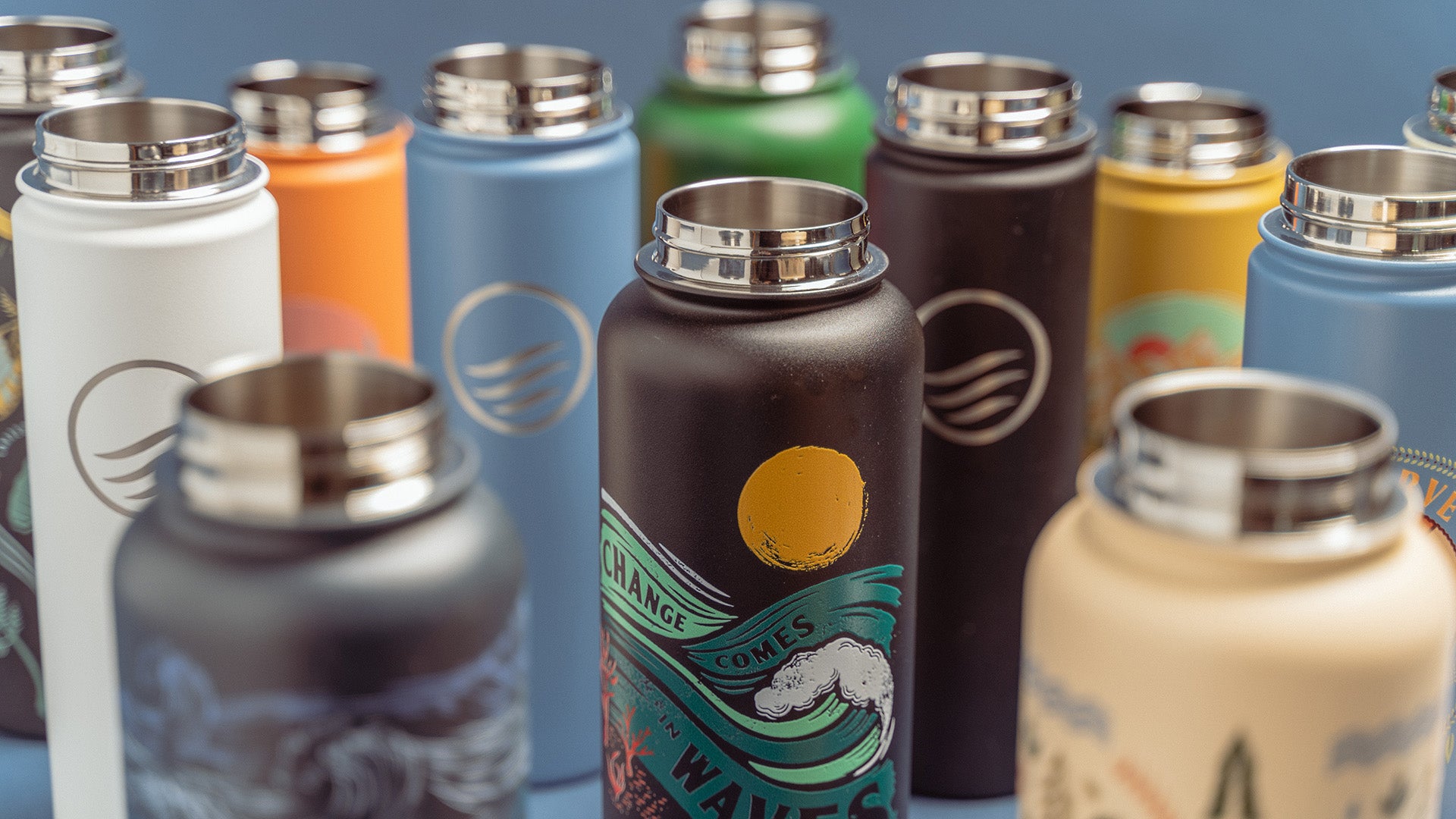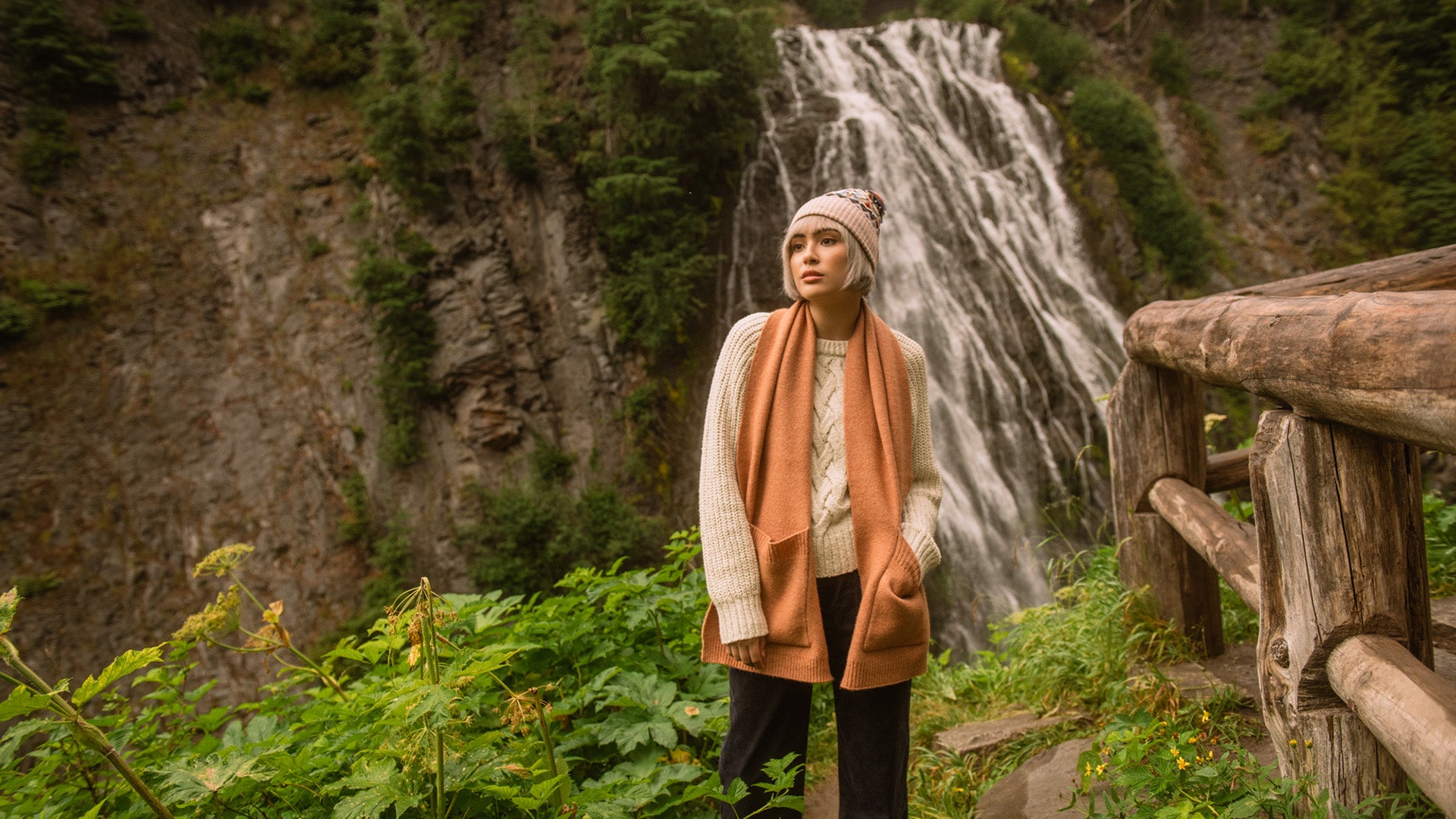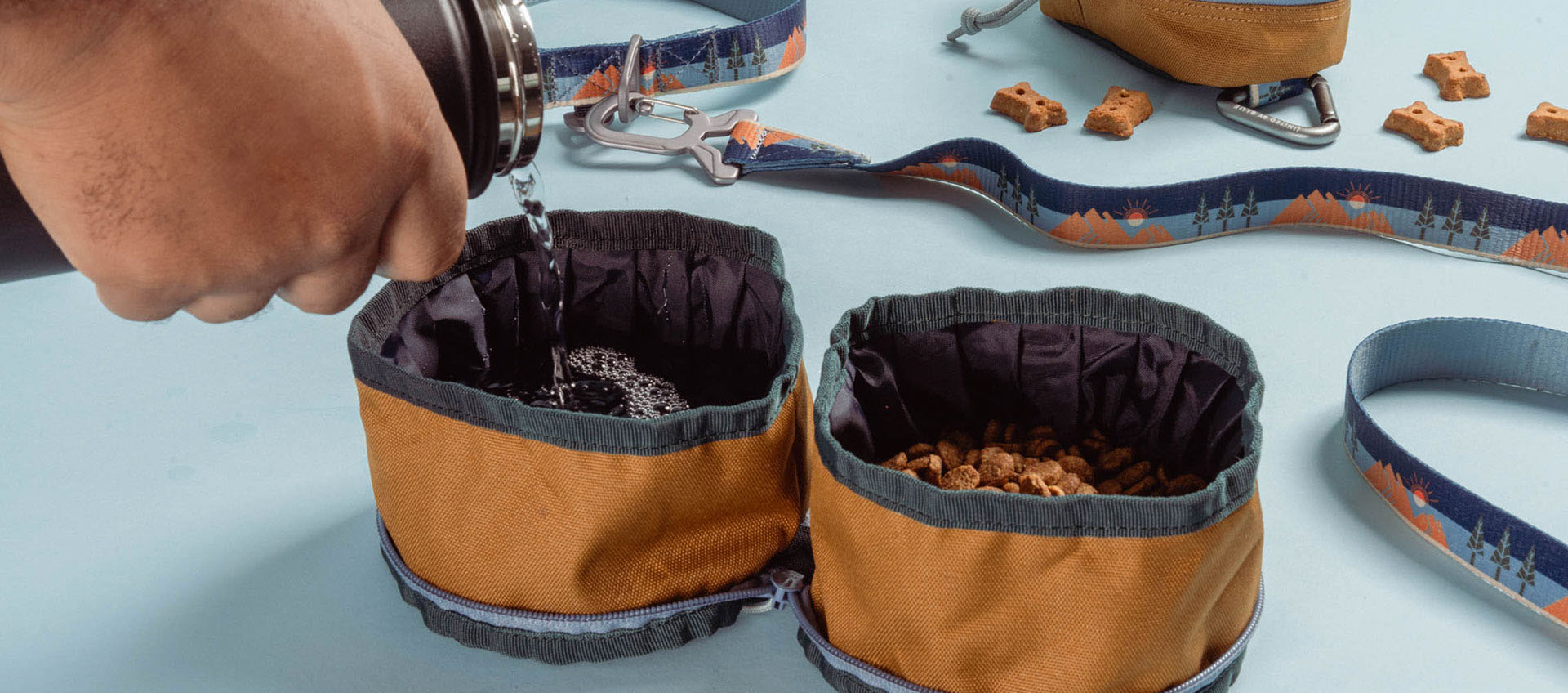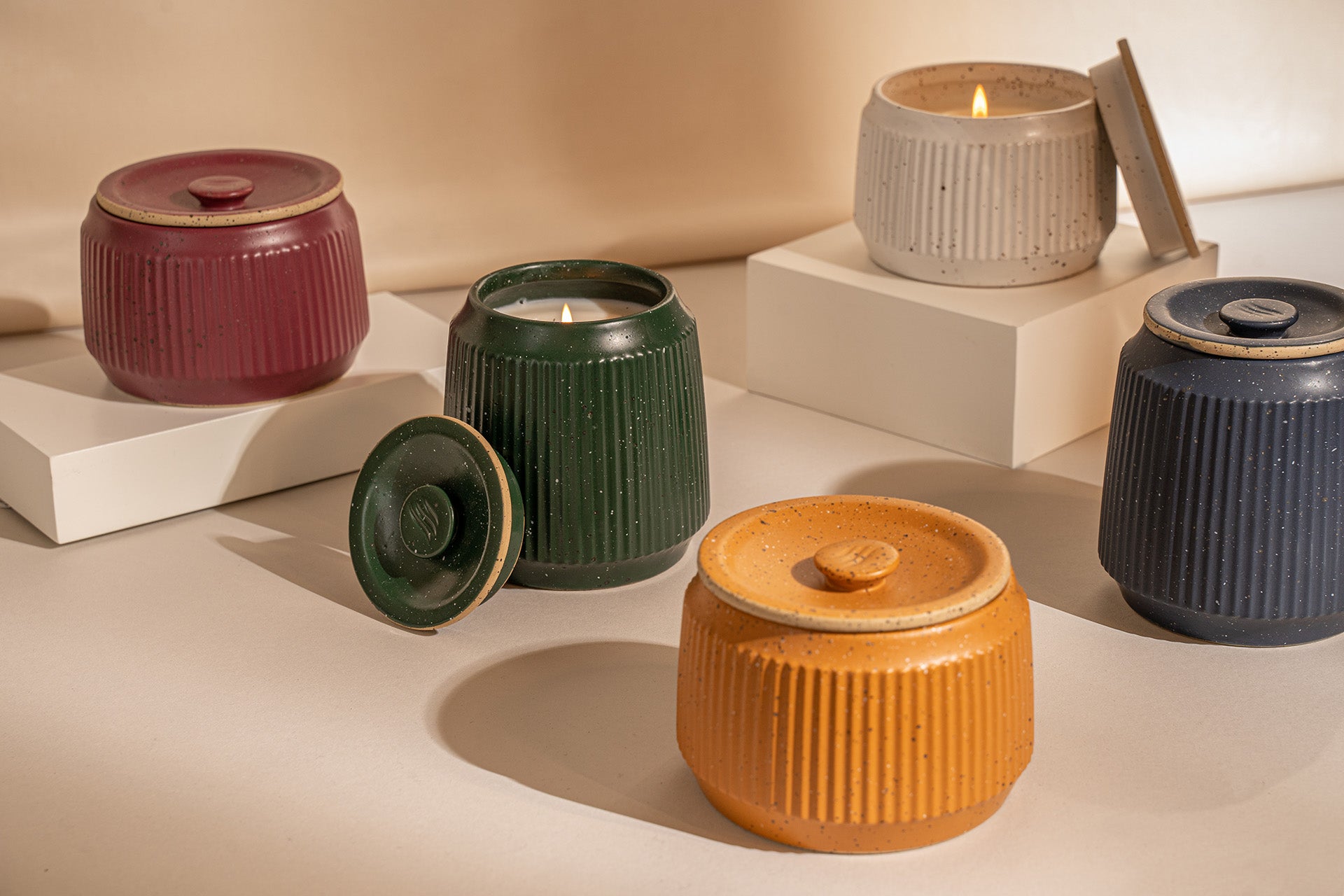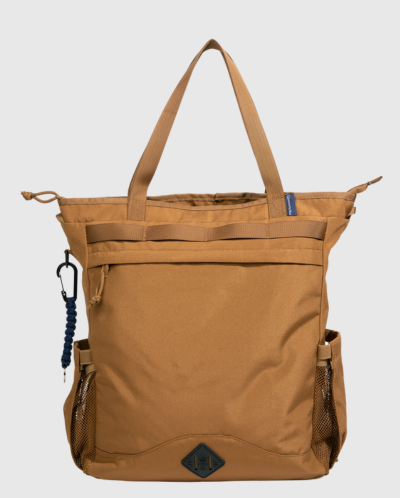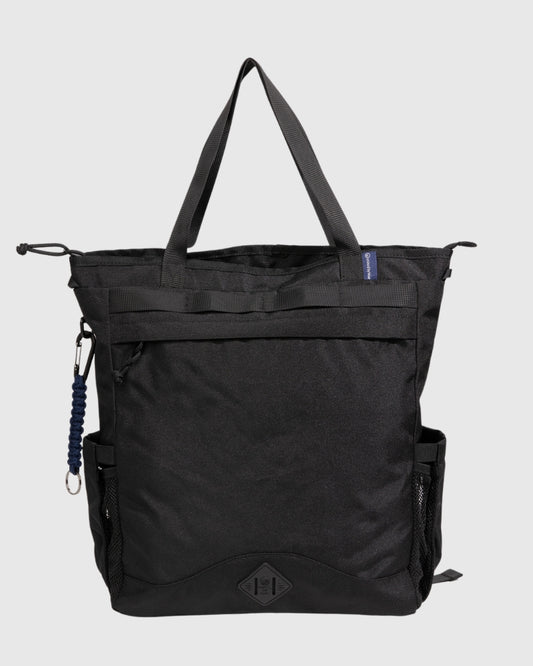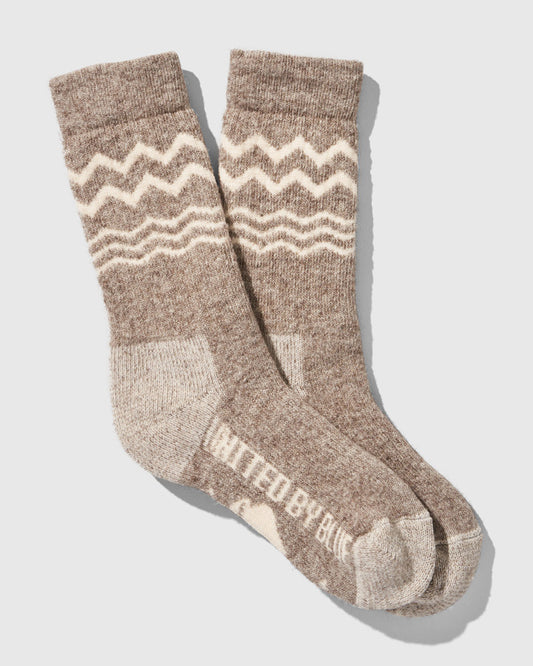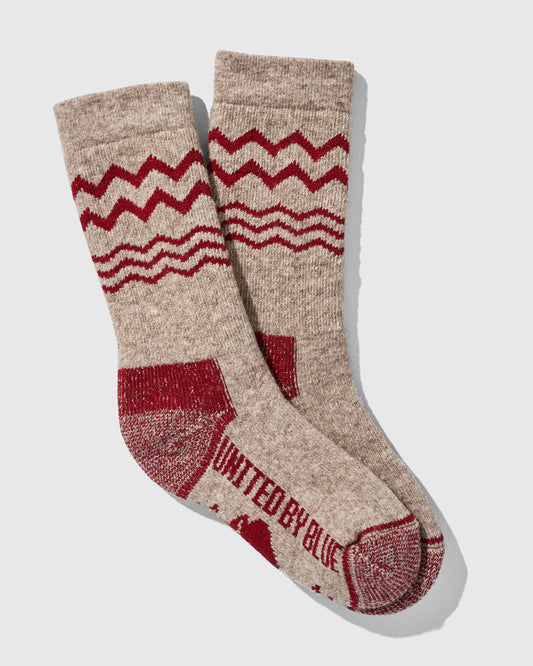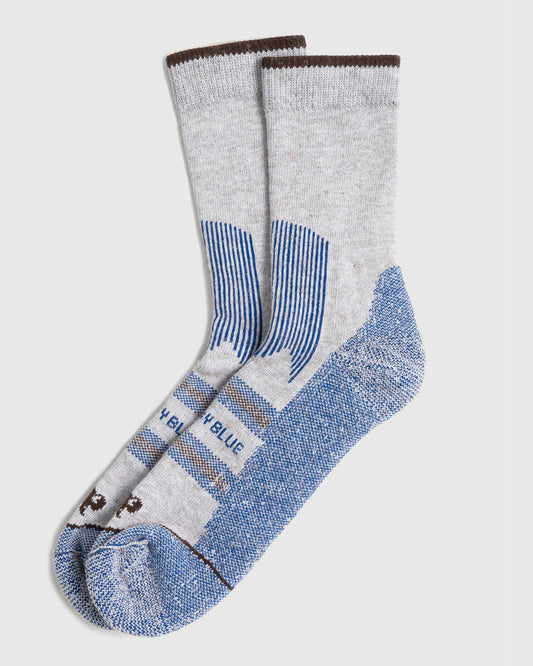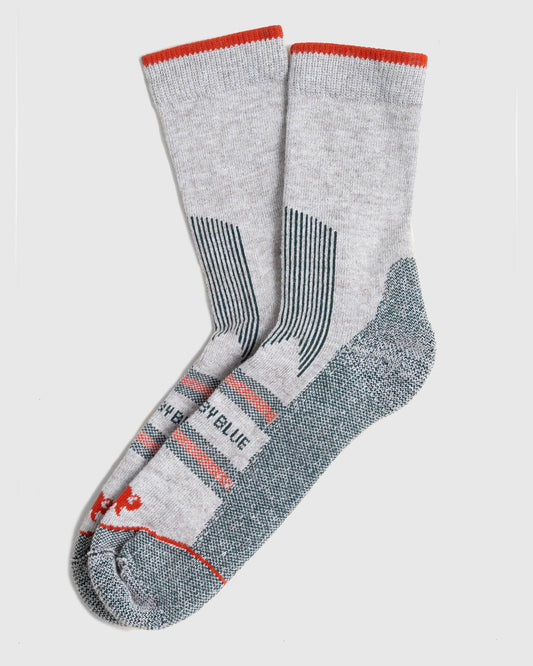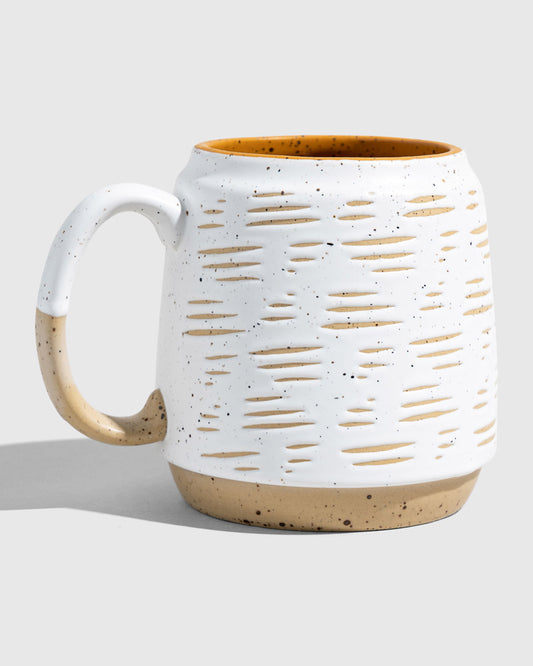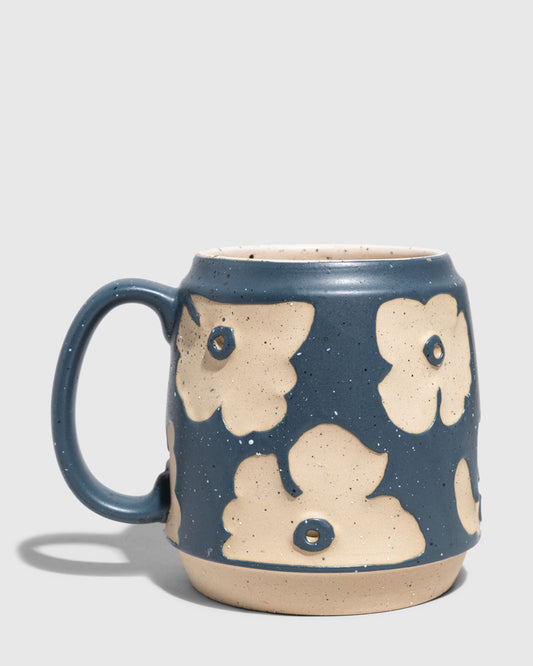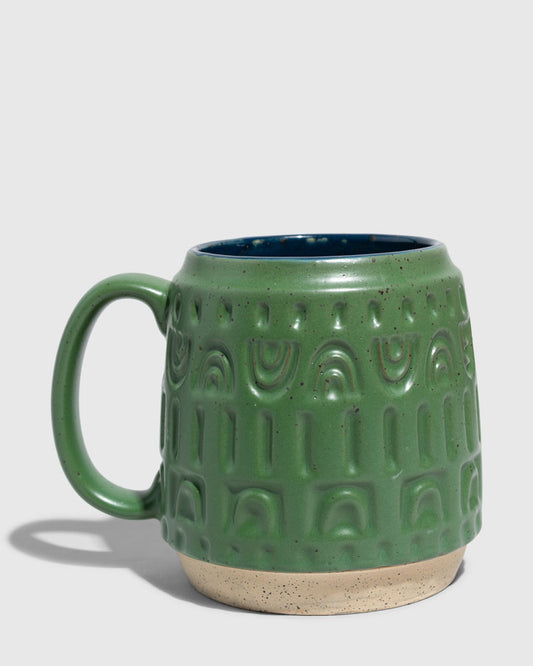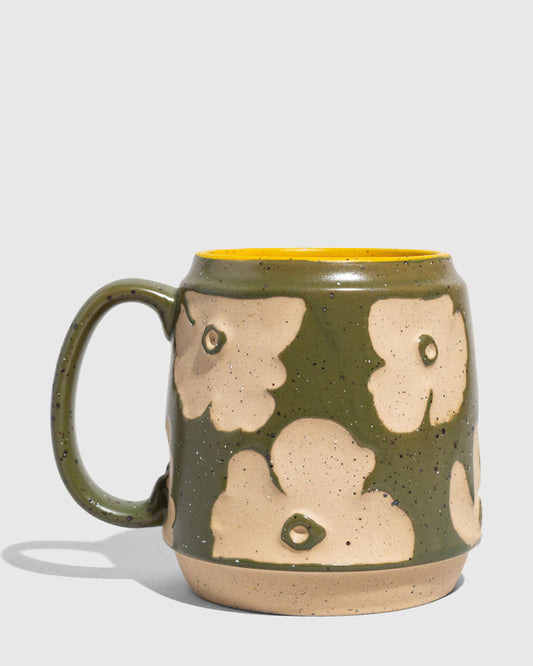

Sam just finished a 3,055 mile run across America (kind of like Forrest Gump, but with a mission). He ran from Battery Park in New York City to the Santa Monica Pier in California in a pair (well, eight pairs) of Parley x Adidas shoes made from recycled plastic—and he did it for our oceans. Why? Because, to use a phrase borrowed from the Bencheghib siblings’ environmental organization Make A Change, no idea is crazy enough to raise awareness for the environment. We sat down with Sam to talk about making an impact, raising awareness, and the logistical obstacles of planning a run across the country.

You just ran the equivalent of 117 marathons across the country to raise awareness for ocean pollution and single-use plastics. What gave you that crazy idea?
Well, I grew up in Bali, 200 meters from the beach. When I was 12, my siblings and I started to clean up the plastic that would wash up on the beaches every day. As a 12-year old, you think, what can you do about all of this trash? Well, you’ve got two hands, so that seemed like a good place to start.
We quickly understood though that cleanups weren’t going to be enough—and started realizing the power of education. After he went to film school, my brother and I started getting passionate visual storytelling. We realized we could use social media as tools for positive change, and as a way to promote sustainability and environmental awareness.
One day, we Googled 'world's most polluted river', and found out that it was the Citarum, which was next to where we grew up. Despite the river having the most intense smells—rotten eggs, dead animals, every single type of trash you can imagine—twenty million people rely on it for bathing and washing their clothes. So my brother and I thought, how can we raise awareness about this issue to create an impact?
We decided to go down the river on the same materials that pollute it. We built two kayaks out of 300 plastic bottles, bamboo frames and fishing net to hold them together. We kayaked the river for two weeks, using video cameras to document the journey. We put the video on Facebook, and it went viral overnight. Months later, we got a phone call from the Minister of the Environment of Indonesia, inviting us back to the river for an event, where we met the President of Indonesia. He said that because of our videos, he was going to hire 7,000 soldiers to clean up the river for the next seven years. Two years later, we’re already seeing improvements in water quality. Catfish used to be the only fish that could survive there, but we’re already starting to see birds and other types of fish return.
Wow. That's an amazing response, one that will benefit so many people. So that’s when you officially started Make A Change?
Yes. After the success of our video showcasing the pollution in the Citarum River, we realized that no idea is crazy enough to raise awareness for the environment. So my siblings and I started Make a Change—an environmental organization on a mission to clean up our coastlines.
Make a Change was originally focused on cleanups in Bali, but when going to college in Pennsylvania I noticed how behind America was in terms of education about plastic pollution—so I set out to do something crazy to raise awareness in the U.S. I came up with the idea to run over 3,000 miles, through 13 US states, and meet with different communities, bringing the ocean to the 11 landlocked states. I spoke with over 10,000 people along my route, from kids to mayors to state governors and business owners.
And how did you feel leaving all these talks? Were people generally receptive to what you had to say?
I felt like people paid attention more because I was going through such a difficult thing for the cause. Like, “If he’s running across the country, that’s a pretty big deal, let’s hear what he has to say.” In the landlocked states, some people I met had never seen the ocean, so to them, they don’t realize how big of a problem plastic pollution is.

So how did you get people to realize the gravity of the situation?
Statistics helped—like mentioning the fact that 90% of ocean plastics come from rivers. Rivers are everywhere. Even if you’re in Kansas, literally the furthest away from both oceans, trash in the Kansas River can eventually end up in the Gulf of Mexico and impact the rest of the world. I tell them I grew up in Bali, halfway across the world, and the plastic they use can end up on my beaches, because of the way the gyres work. That usually gets people's attention.
Also, visuals are important. Sometimes I’d be speaking to elementary school students, in a room with 700 kids who are super fidgety, and they’re talking and don’t care that you’re there. But suddenly you show them a picture of a beach that’s so polluted you can’t even see the sand, and everyone stops talking. Their eyes open wide.
Then you tell them that every action, even super small, can make a difference. I would tell them that I’d drink four gallons of water a day, because I was running so much. That's equivalent to 20 water bottles. So if you refill your water bottle 20 times, that’s 20 plastic water bottles you save. You see a little sparkle in their eyes, they’re so encouraged and inspired. I stayed in touch with all those schools I met with, and afterwards I got so many direct messages, emails, saying “Our school is now plastic free!” That was one of the most encouraging aspects of it.
Thinking back to your weeks of nonstop running, is there a day that sticks out as the hardest, when all you wanted to do was stop?
There were a few. The whole journey took 191 days, and 145 of them were spent running, doing an average of 23 miles per day. For the 46 days that I wasn’t running, I was giving presentations, speaking to schools, and meeting with mayors. Sometimes those days were even more exhausting, since you’re speaking with so many people, and all I wanted to do was lie in bed.
A part that definitely sticks out was running through the Colorado Rockies, in January. It was -30 degrees and I was running in these shoes, which are not waterproof, and the snow was up to my knees. I’d run five miles an hour, super slow.
Another part that sticks out was when I got to Flagstaff, Arizona, with 500 miles to go. I almost tore my left Achilles tendon—it was three times the size that it should be. I went to see a doctor, who told me “You need to take four weeks off, or you’re going to tear it.” I said, well I have to get to LA in four weeks, because that’s when the final event is planned. So I just bought walking sticks, took one day off, and pushed through. I’d be out there for 12 hours a day, just walking.

What did you eat? Did you keep all the food in the RV that followed you?
I actually did the entire trip zero waste, which meant no plastic—and when you’re in the middle of Missouri, that doesn’t leave many options. This really opened my eyes to how behind this country is when it comes to plastic packaging, because everything was wrapped in plastic. I’d buy ready-to-eat meals at Walmart, like beef stew in a can, rice that came in a cardboard box, and canned vegetables.
What’s next for you?
The goal now is to grow Make A Change. I’ll be moving to New York to build our New York branch, and my brother will be building the Bali branch.
We want to continue making digital content and using social media as a tool for education, and to highlight all the amazing changemakers around the world. We want Make A Change to become a resource where other people with crazy ideas can come for more information on how to start.
And finally, we also want to grow the on-the-ground, action-oriented aspects of Make A Change. One of the projects we’re working on is installing Trash Blockers, which intercept plastic in rivers before it goes into the ocean. It’s already creating such a positive impact for local communities, and we’re excited to know that it’s only just the beginning.
 Follow along with Sam on his Instagram, and at Make A Change World. Plus, be sure to watch their poignant and important videos on the organization's YouTube channel. We can't wait to see what comes next!
Follow along with Sam on his Instagram, and at Make A Change World. Plus, be sure to watch their poignant and important videos on the organization's YouTube channel. We can't wait to see what comes next!
